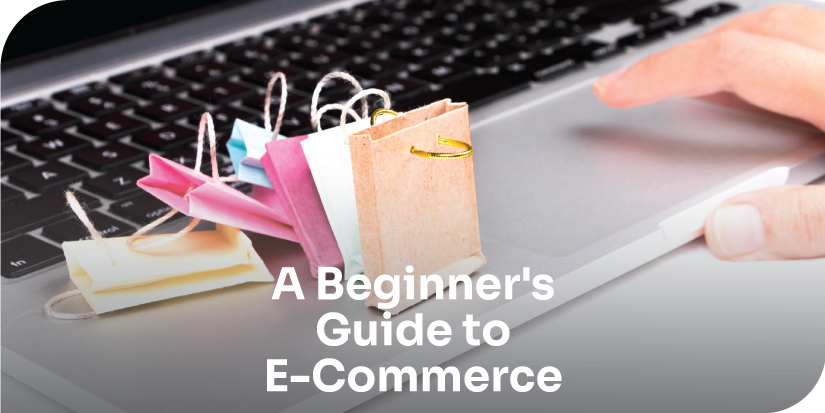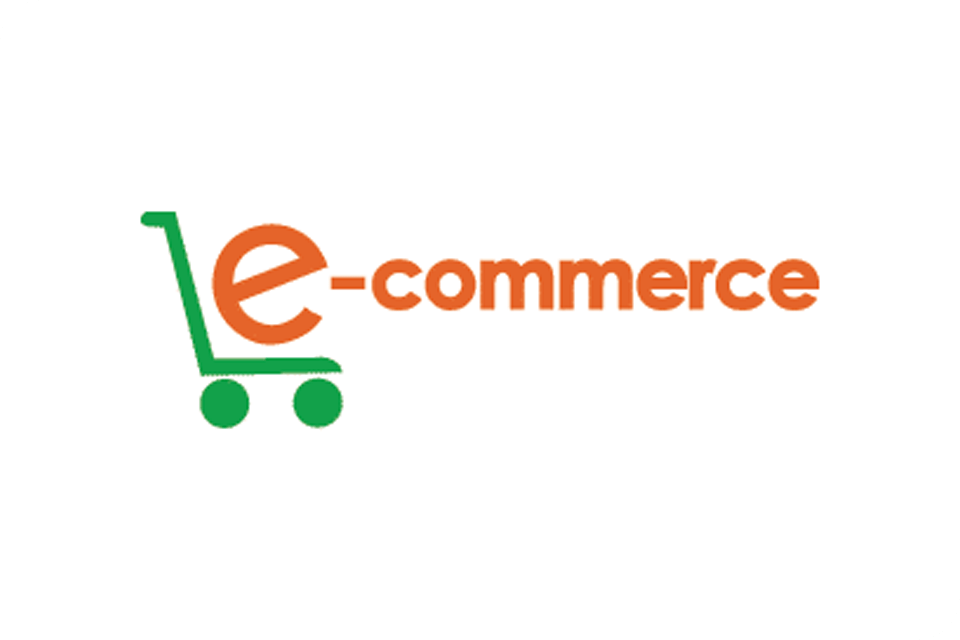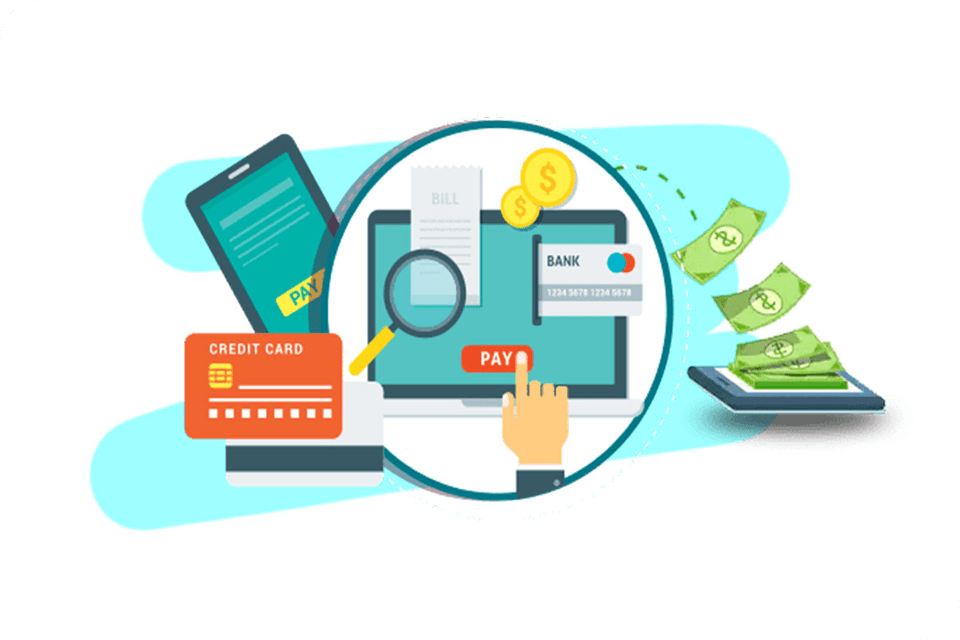In today’s digital age, starting an online store has neverbeen easier. Whether you’re an aspiring entrepreneur or a small business owner looking to expand your reach, e-commerce offers immense opportunities to showcase your products and connect with customers worldwide. In this beginner’s guide, we’ll walk you through the step-by-step process of launching your online store, from choosing the right platform to optimizing your website for sales success.
Step 1: Define Your Product and Target Audience Before diving into the world of e-commerce, it’s essential to define your product or service and identify your target audience. What are you passionate about? What problem does your product solve? Understanding your niche and target market will help you tailor your offerings and marketing strategies to meet the needs of your customers effectively.
Step 2: Choose the Right E-Commerce Platform Next, you’ll need to select the right e-commerce platform to power your online store. Popular options include Shopify, WooCommerce, and BigCommerce, each offering various features, pricing plans, and customization options. Consider factors such as ease of use, scalability, and integration with third-party tools when making your decision.
Step 3: Set Up Your Online Store Once you’ve chosen your e-commerce platform, it’s time to set up your online store. Start by selecting a domain name that reflects your brand and is easy for customers to remember. Then, customize your website’s design, including branding elements, product pages, and navigation menus. Don’t forget to optimize your site for mobile devices to ensure a seamless shopping experience across all devices.
Step 4: Add Products and Payment Gateways With your website in place, it’s time to add your products or services to your online store. Create compelling product descriptions, high-quality images, and clear pricing information to entice customers and drive sales. Additionally, set up secure payment gateways to accept online payments from customers, ensuring a smooth and secure checkout process.
Step 5: Implement Marketing Strategies No online store is complete without effective marketing strategies to attract customers and drive traffic to your website. Leverage social media platforms, email marketing, and search engine optimization (SEO) techniques to increase visibility and engage with your target audience. Consider running promotions, offering discounts, and collaborating with influencers to boost sales and build brand awareness.
Step 6: Provide Excellent Customer Service Finally, prioritize excellent customer service to build trust and loyalty with your customers. Respond promptly to inquiries, address customer concerns, and provide transparent shipping and return policies to ensure a positive shopping experience. By delighting your customers and exceeding their expectations, you’ll foster long-term relationships and encourage repeat business.

Conclusion:
At Sidat, we understand the challenges and complexities of launching and managing an online store. That’s why we’re here to offer comprehensive support and guidance every step of the way. From helping you choose the right e-commerce platform to providing expert advice on marketing strategies and customer service, our team is dedicated to helping you succeed in the competitive world of e-commerce. Whether you need assistance with website development, digital marketing, or logistics, Sidat is your trusted partner for all your e-commerce needs. Let us empower you to achieve your goals and unlock the full potential of your online business.







